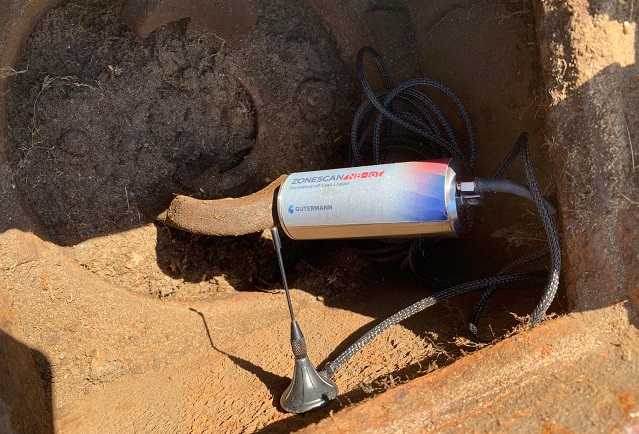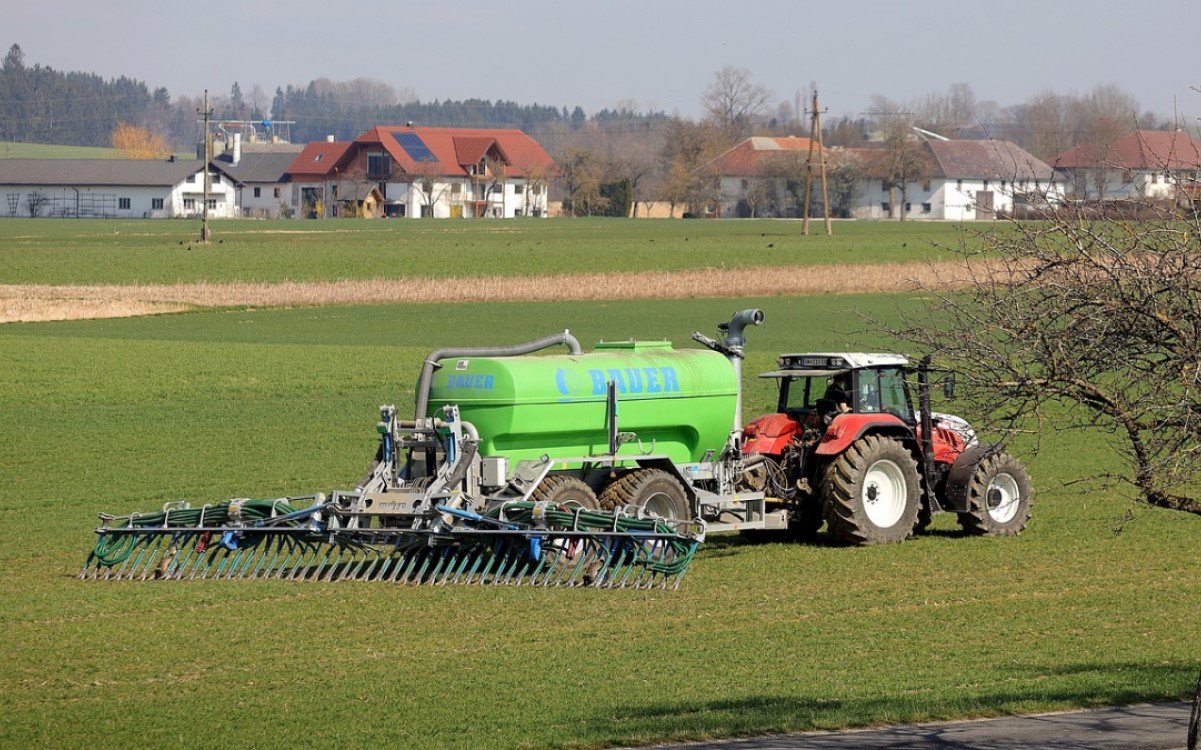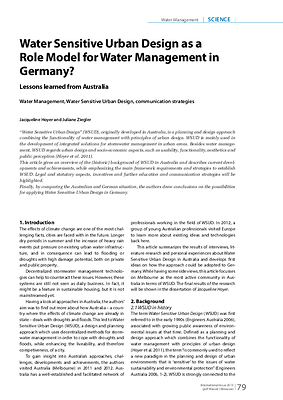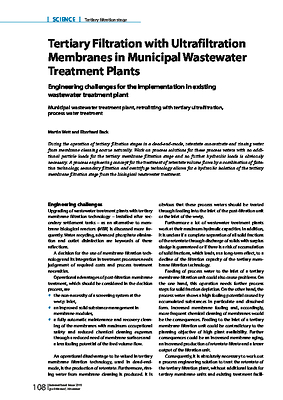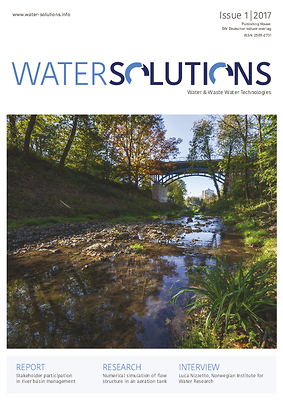NB-IoT is a new cellular communication standard optimized for machine-to-machine data communication in smart cities. NB-IoT significantly outperforms conventional 3G and 4G technology, as it consumes 5-10x less power and has significantly improved underground coverage. Telecom operators worldwide have announced plans for complete NB-IoT coverage and are in the process of activating their NB-IoT antennas throughout their networks.
The ZONESCAN NB-IoT logger is Gutermann’s first cellular logger and complements the company’s RF-based ZONESCAN ALPHA system. ZONESCAN NB-IoT is a correlating system, which means that the cloud-based ZONESCAN NET software automatically compares the data of all neighboring sensors every day to identify even quiet leaks whose existence are not recognized by individual loggers. A Correlation Indicator provides information about the area in which the leak has been identified, neatly displayed on a Google Maps™ enabled user interface. ZONESCAN NET also lets users see and manage their leak detection infrastructure, perform advanced leak analysis, import and display their GIS data, and change settings such as recording times, alarm thresholds and more.
Lucas Grolimund, CEO of Gutermann comments: "We’re happy to once more lead the way in advanced fixed network leak monitoring solutions. Our hope is that the ZONESCAN NB-IoT logger will make permanent monitoring of networks more accessible to utilities due to its cost, ease of installation and compact design. It should therefore contribute to the rapid growth of technology-enabled smart water networks, helping to consistently reduce and maintain lower water loss levels."
Further information is available at https://en.gutermann-water.com
NB-IoT-based water leak detection technology launched
Kategorien: Branche | Products & Solutions
Thema: Water Solutions
Autor: Jonas Völker
Das könnte Sie auch interessieren:
Passende Firmen zum Thema:
Publikationen
Sie möchten die gwf Wasser + Abwasser testen
Bestellen Sie Ihr kostenloses Probeheft
Überzeugen Sie sich selbst: Gerne senden wir Ihnen die gwf Wasser + Abwasser kostenlos und unverbindlich zur Probe!

